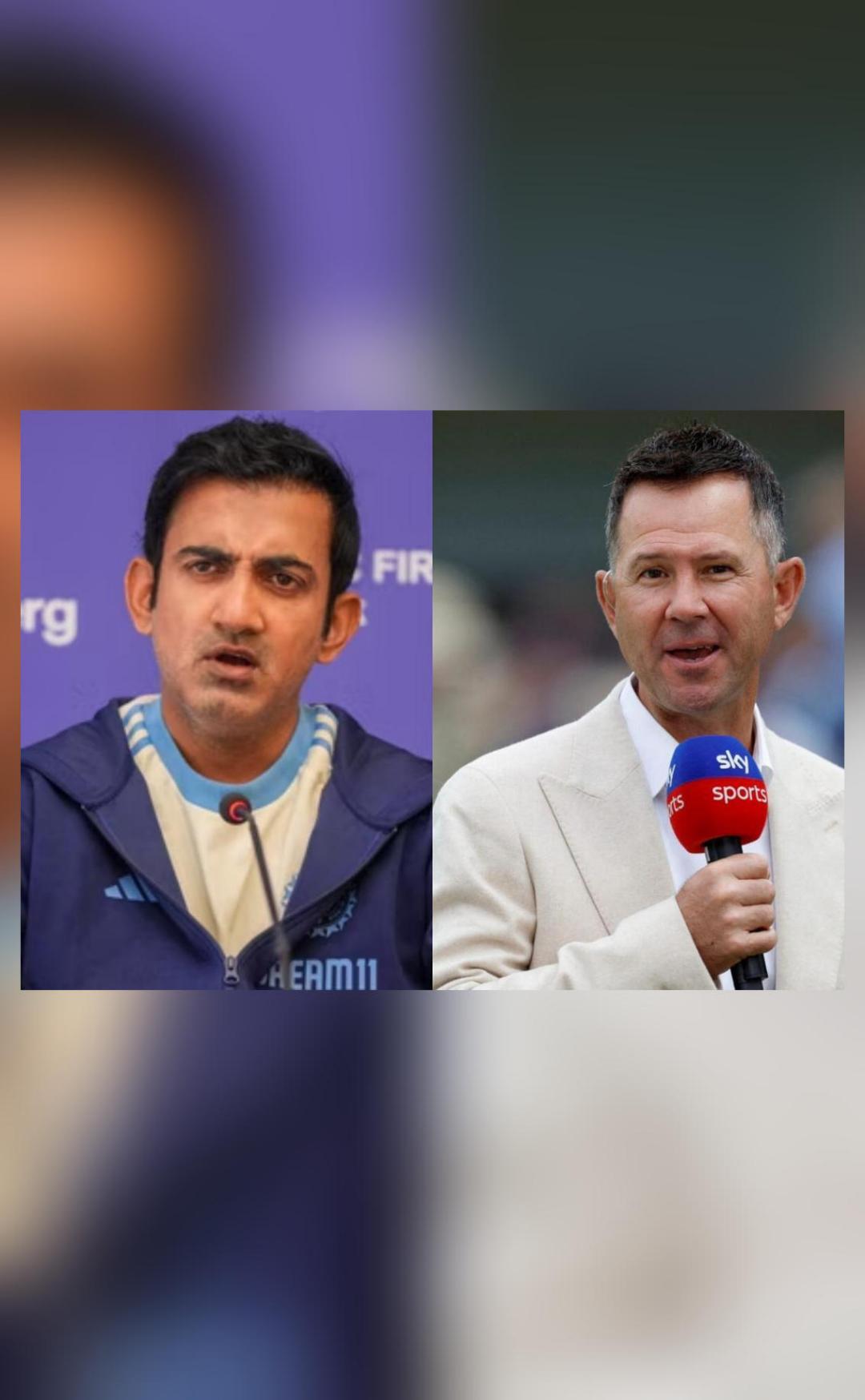 |
|
The recent exchange between former Australian captain Ricky Ponting and India's head coach Gautam Gambhir has ignited a debate within the cricketing world. Ponting's criticism of Virat Kohli's current Test form sparked a sharp response from Gambhir, leading to a back-and-forth that has captivated fans and pundits alike. This incident highlights the intense rivalries and passionate debates that often characterize the sport, particularly between cricketing giants like India and Australia. The underlying tension revolves around the performance of a key player and the differing perspectives on assessing that performance. Ponting, known for his straightforward and often blunt commentary, likely felt it was his duty to provide an honest assessment of Kohli's struggles, drawing upon his extensive experience in the game. However, his comments were perceived by Gambhir as an unwarranted attack on a key member of the Indian team, leading to a defensive and retaliatory response.
Gambhir's reaction, while perhaps strong, reflects a deep-seated sense of loyalty and protectiveness towards his team. As head coach, he has a responsibility to defend his players and maintain team morale. His retort to Ponting can be viewed as a demonstration of this responsibility, a show of support for Kohli, and a clear indication that he will not tolerate what he perceived as unjustified criticism. This protective stance is crucial in maintaining team cohesion and confidence, particularly when key players are facing challenges. In team sports, the role of a coach extends beyond tactical planning and strategy; it also involves fostering a strong team environment and creating a culture of mutual support and resilience in the face of adversity. Gambhir's reaction is thus a multifaceted response born of loyalty, protective instinct, and his own competitive nature.
Sourav Ganguly's perspective adds another layer of complexity to this situation. As a former Indian captain himself, Ganguly understands the pressures and dynamics of international cricket. His statement, 'That is the way Gautam is and he fights, he competes so let us give him a chance,' reveals an acceptance of Gambhir's competitive style and a tacit endorsement of his actions. This underscores the importance of considering the context within which these comments were made. It also suggests that within the cricketing world, there's a certain tolerance for such displays of competitive fire. While some might criticize Gambhir's reaction as overly aggressive or even unprofessional, others might view it as a natural response, reflecting the intensity of the competitive environment within professional sports. Ganguly's support for Gambhir indicates that this perspective, at least amongst some prominent figures in Indian cricket, carries significant weight.
The incident serves as a reminder that international cricket is more than just a sport; it is a battleground of national pride, intense rivalry, and deeply personal emotions. The exchange between Ponting and Gambhir, and Ganguly's subsequent intervention, reflect the various layers of emotionality, loyalty, and fierce competitiveness that fuel the sport. It is in these moments of conflict and passionate debate that the true spirit of the game, with its underlying intensity and emotional investment, is most clearly revealed. This incident, however controversial, allows for further discussion on the balance between fair criticism and protective loyalty within the sports world. Ultimately, the reactions of Ponting, Gambhir, and Ganguly showcase the diverse perspectives and fierce loyalties present within the world of international cricket.
